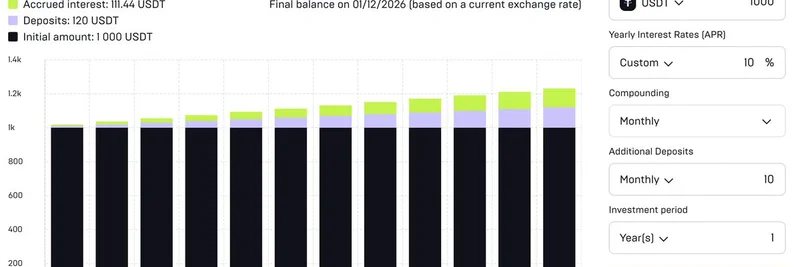The world of blockchain technology is constantly evolving, with new proposals and innovations shaping the future of decentralized finance (DeFi) and tokenized assets. One such development is the sRFC 37 proposal, which aims to revolutionize permissioned tokens on the Solana blockchain. This article delves into the details of this proposal, exploring its potential impact on the Solana ecosystem and the broader crypto landscape.
Understanding Permissioned Tokens and Transfer Hooks
Permissioned tokens are a type of cryptocurrency that restricts certain actions, such as transfers, to specific addresses or conditions. This is often achieved through the use of transfer hooks, which are mechanisms that allow developers to enforce rules and restrictions on token transactions. While transfer hooks are powerful, they can be complex to integrate and may increase compute usage, potentially impacting the performance of the blockchain.
The sRFC 37 Proposal: A New Approach
The sRFC 37 proposal, introduced by Ilan Gitter, suggests an alternative approach to creating permissioned tokens on Solana. Instead of relying on transfer hooks, the proposal leverages the "default account state" extension and introduces a permissionless thaw/freeze mechanism. This innovative combination aims to address the challenges associated with transfer hooks while maintaining the security and flexibility of permissioned tokens.
Default Account State Extension
The default account state extension is a feature of the Solana blockchain that allows developers to set the initial state of new token accounts. By utilizing this extension, the sRFC 37 proposal ensures that new token accounts are created in a frozen state by default. This means that the token balance cannot be changed until the account is thawed, providing an additional layer of control and security.
Permissionless Thaw/Freeze Mechanism
The permissionless thaw/freeze mechanism is a key component of the sRFC 37 proposal. It enables token accounts to be thawed or frozen without requiring explicit permission from a central authority. This decentralized approach aligns with the principles of blockchain technology and enhances the usability of permissioned tokens within the Solana ecosystem.
Benefits of the sRFC 37 Proposal
The sRFC 37 proposal offers several potential benefits for the Solana ecosystem and the broader crypto community:
- Improved Scalability: By reducing the reliance on transfer hooks, the proposal aims to decrease compute usage and enhance the overall scalability of permissioned tokens on Solana.
- Enhanced Interoperability: The standardized approach of sRFC 37 promotes interoperability with DeFi protocols, enabling permissioned tokens to be seamlessly integrated into various applications and services.
- Increased Flexibility: The permissionless thaw/freeze mechanism provides users with greater control over their token accounts, allowing for more flexible and dynamic use cases.
- Institutional Adoption: The proposal addresses some of the concerns of institutional investors by offering a more scalable and secure solution for permissioned tokens, potentially facilitating wider adoption.
Implications for the Solana Ecosystem
The sRFC 37 proposal has significant implications for the Solana ecosystem and its position in the competitive landscape of blockchain technologies. By introducing a more efficient and scalable approach to permissioned tokens, Solana could attract a broader range of developers and users, further solidifying its reputation as a high-performance blockchain.
Moreover, the proposal aligns with Solana's commitment to innovation and its goal of becoming a leading platform for DeFi and tokenized assets. As the crypto industry continues to evolve, solutions like sRFC 37 will play a crucial role in shaping the future of finance and driving the adoption of blockchain technology.
Conclusion
The sRFC 37 proposal represents an exciting development in the world of permissioned tokens on Solana. By leveraging the default account state extension and introducing a permissionless thaw/freeze mechanism, the proposal offers a promising solution to the challenges associated with transfer hooks. As the Solana ecosystem continues to grow and evolve, innovations like sRFC 37 will be instrumental in driving the adoption of blockchain technology and shaping the future of decentralized finance.
For more information on the sRFC 37 proposal and its potential impact, be sure to check out the original thread by Ilan Gitter and stay tuned to Meme Insider for the latest updates on meme tokens and blockchain technology.


